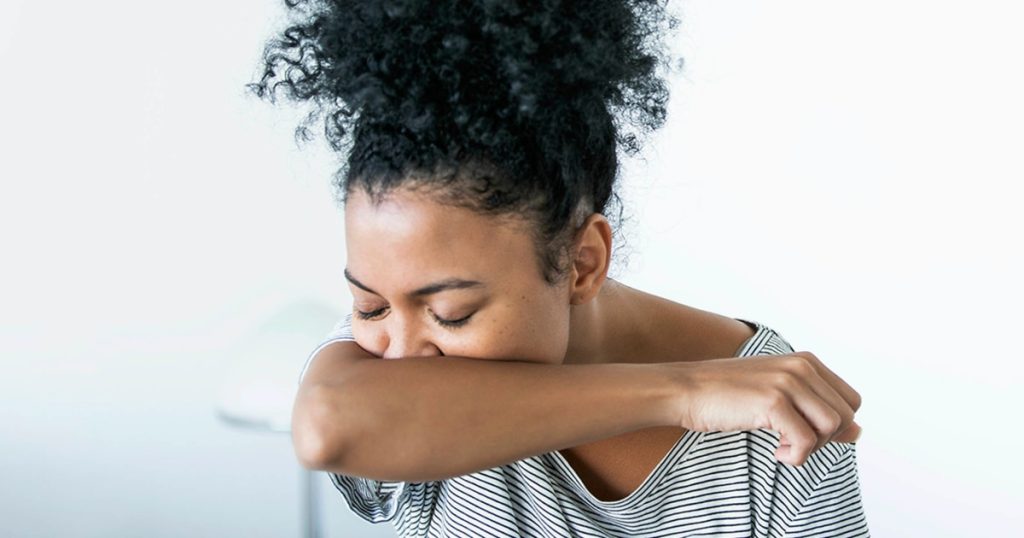Sneezing is an involuntary, forceful, explosive flow of air through the nose and mouth that occurs when the sensory fibers of the mucous membranes in the nose or throat are irritated. This triggers the trigeminal nerve to send a message to the brain, which then initiates a chain reaction resulting in a sneeze. During a sneeze, the lungs pull in air, vocal cords close and then open, releasing the air at high speed, often accompanied by a characteristic “achoo” sound. Sneezing is a protective mechanism to clear irritants, allergens, pathogens, or particles from the airways and lungs that the body does not want. While sneezing is generally beneficial, sneezing too forcefully or frequently can lead to potential complications such as ruptured eardrums, ear infections, broken blood vessels in the eye, or muscle strain.
Various factors can trigger sneezing, including allergens like pollen, dust, or pet dander, infections such as colds or influenza, chemicals or fumes, air pollution, perfumes, spicy food, stress, strong emotions, or bright light. Bright light can induce sneezing in some individuals with a genetic trait known as ACHOO syndrome (Autosomal Dominant Compelling Helioopthalmic Outburst). Sneezing uncontrollably in response to bright light is a rare condition that affects about 25-30% of the population.
While sneezing uncontrollably can be inconvenient, it is generally a good and healthy reflex that helps protect the airways and lungs. However, sneezing excessively or forcefully over time can lead to complications. Holding in a sneeze can increase pressure, potentially causing injuries such as ruptured eardrums or muscle strains. It is essential to allow sneezes to occur naturally and follow proper sneezing etiquette to prevent the spread of germs and viruses. Sneezing is a common symptom of many conditions, from allergies to infections, and it is important to seek medical advice if sneezing becomes disruptive or if there are other concerning symptoms.
Techniques to make yourself sneeze on command involve stimulating the trigeminal nerve by tickling the nose, massaging the nose, pulling on a nose hair, tweezing eyebrow hairs, smelling something strong, or looking up at a bright light. While sneezing usually happens without deliberate effort, these techniques can help induce a sneeze if needed. However, it is crucial not to insert objects too far into the nose or pluck nose hairs frequently, as these actions can irritate the nasal passages and potentially cause harm. Proper sneezing etiquette, such as covering the mouth with a tissue or elbow, can help prevent the spread of respiratory droplets containing viruses or germs.
If you find it difficult to sneeze or experience persistent sneezing issues, consult a healthcare provider for evaluation and appropriate management. Chronic nasal irritation or congestion could affect the sneezing reflex, while neurological problems may occasionally contribute to sneezing abnormalities. Seeing a doctor can help identify the underlying cause of excessive sneezing and address any associated conditions contributing to the symptoms. Overall, sneezing is a normal and healthy response that helps protect the body from harmful substances and should be allowed to occur naturally, while following proper hygiene practices to prevent the spread of infections.













